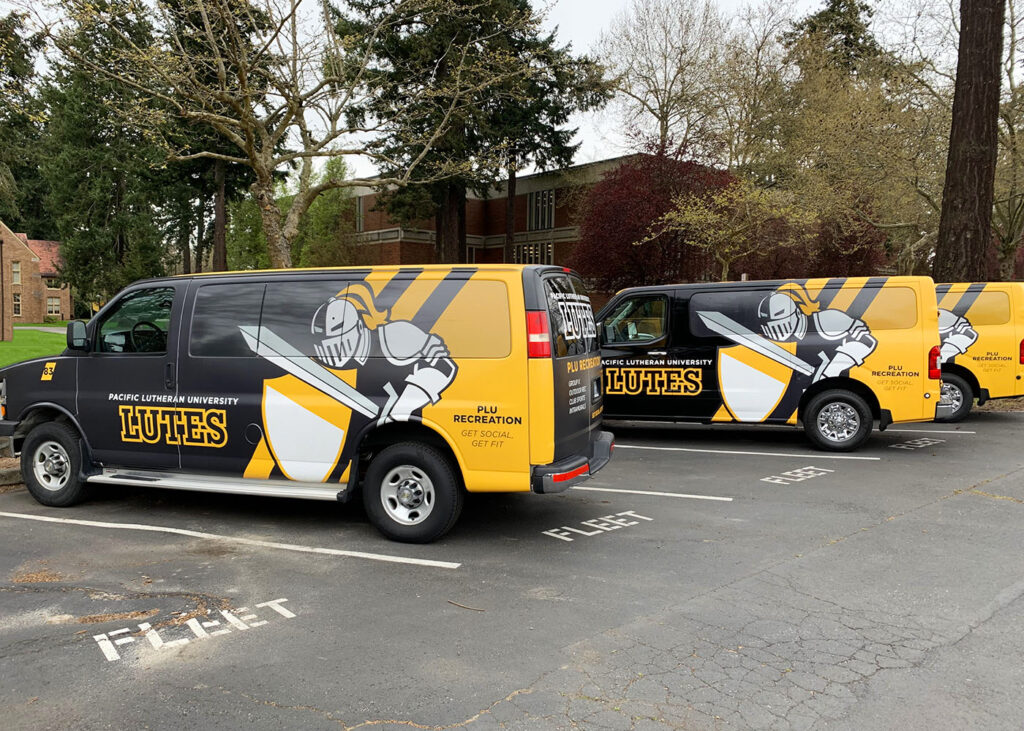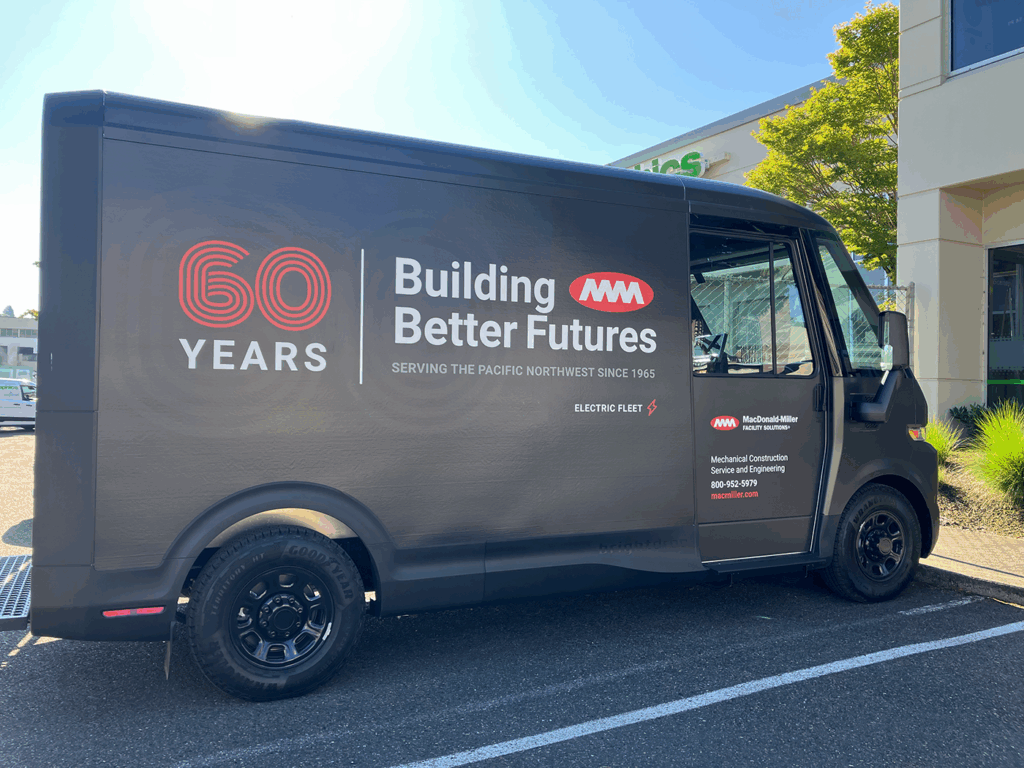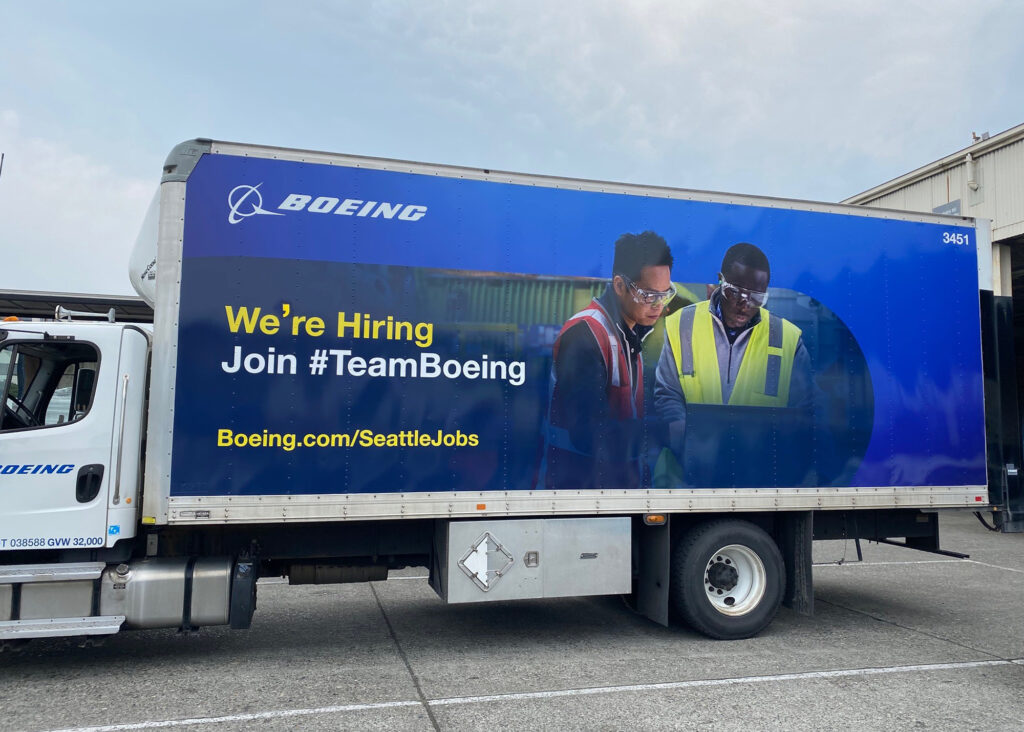When the stakes are high and the clock is ticking, even the strongest retail campaigns can unravel. Q4 launches demand speed, scale, and flawless execution.
One misstep can lead to missed revenue, botched installs, and inconsistent brand experiences when it matters most.
With more than 35 years of rollout experience, we’ve seen where even strong campaigns can unravel, and what it takes to keep them on track.
Here are the five most common holiday campaign rollout breakdowns, and what experienced teams do to avoid them.
The 5 Ways Rollouts Fall Apart
1. Rushing the Timeline Leaves No Room for Contingency
The Problem: Rushing the planning phase — by skipping steps like building a proper work-back schedule or confirming site conditions early — leaves no buffer for production delays or install surprises.
What That Looks Like: A holiday window campaign is approved with just two weeks to spare. There’s no buffer for production, no room for install delays, and no time to recover when graphics arrive late or incorrect.
How to Prevent It: Build in milestone-based checkpoints and realistic buffer time. Find a print partner who knows how to balance speed with control — so you can launch quickly without sacrificing quality.
2. Choosing the Wrong Vendor Can Leave You Hanging
The Problem: Not all print partners are built to handle a national rollout, even if they say they are.
What That Looks Like: Your vendor overcommits, then underdelivers. Stores call in because graphics haven’t arrived. Stores call in because graphics haven’t arrived. All of the sudden, your deadlines are at risk, your boss is furious, and you’re stuck scrambling (and panicking).
How to Prevent It: Work with partners who’ve proven they can scale. Your vendor should have the people, equipment, and clearly communicated contingency plans to handle complex campaigns at the speed and volume you need.
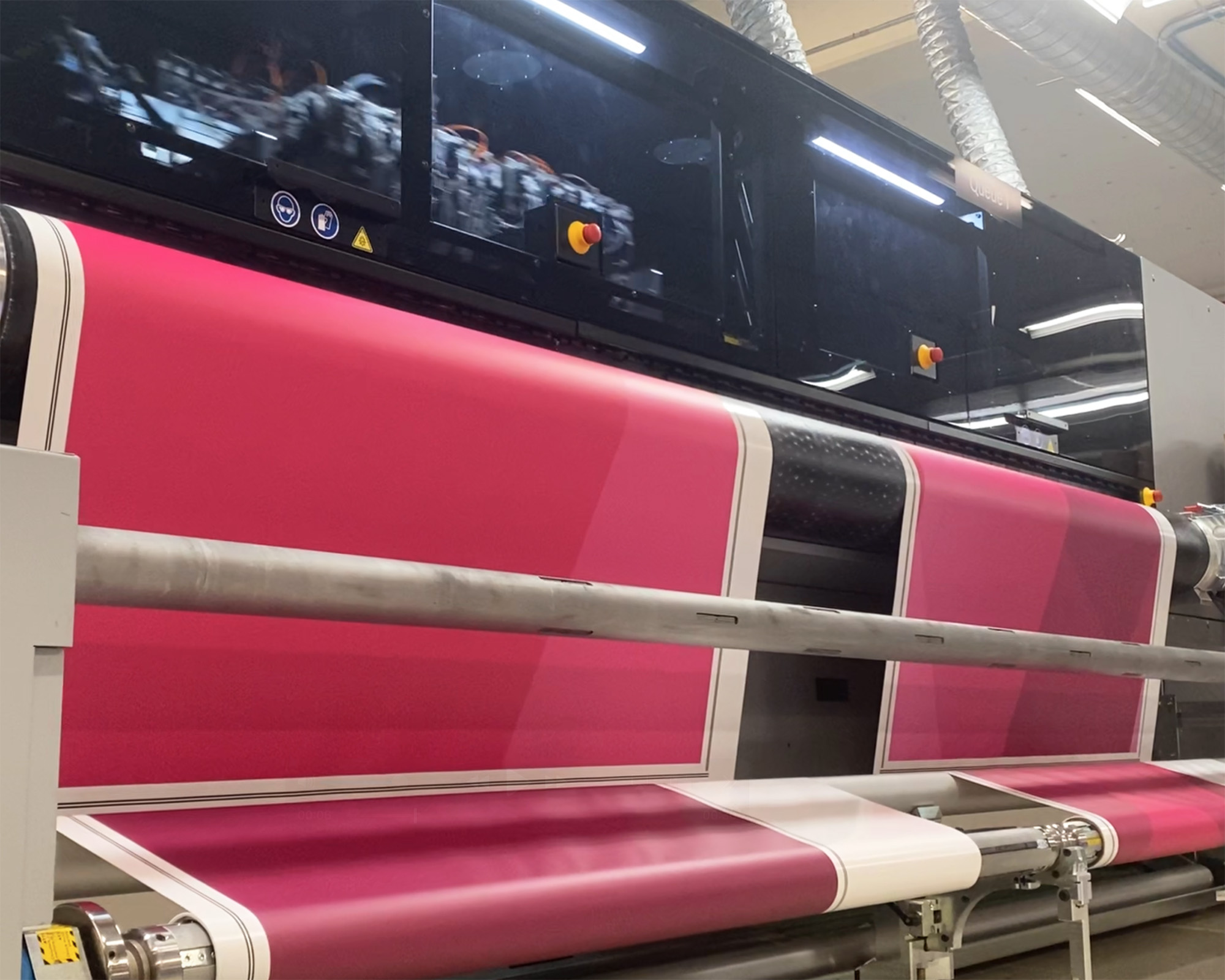
3. Bad Measurements Create Big, Expensive Problems
The Problem: One wrong dimension can throw off an entire store’s installation.
What That Looks Like: A flagship store window graphic shows up undersized. The crew can’t install it. You miss your launch, pay for a costly reprint, and risk lost revenue during the busiest shopping season of the year.
How to Prevent It: You should require your vendor to conduct an on-site survey, confirm every measurement with photographic documentation, and provide a location-specific spec sheet. If not, you could be in for some campaign-ruining surprises.
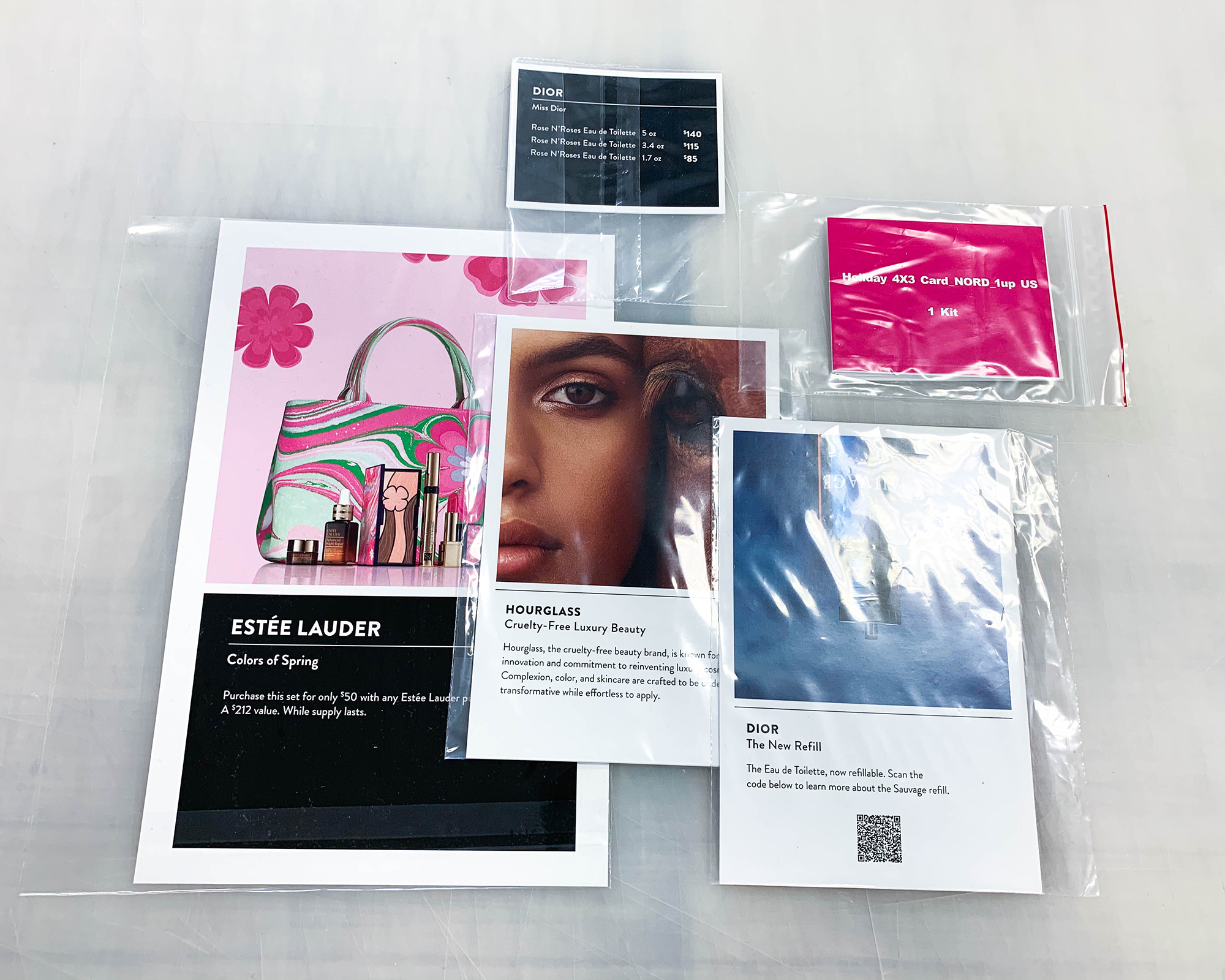
4. Poor Kit Fulfillment Wreaks Havoc on Store Execution
The Problem: Kits arrive late, incomplete, or mixed up. Store teams aren’t equipped to sort out the mess.
What That Looks Like: One store gets too much signage. Another gets the wrong campaign. A third gets nothing at all. Store managers start calling. You lose brand consistency and control (and probably revenue) at the worst possible time.
How to Prevent It: Entrust fulfillment to a team that lives and breathes logistics. SuperGraphics kits every store with exactly what they need, clearly labeled, verified, and trackable from ship to shelf.
5. Poor Install Coordination Leads to Missed Launch Windows
The Problem: When installation details aren’t fully aligned—schedules, site access, and kit delivery—stores may not be ready when they need to be.
What That Looks Like: An installer arrives, but the store team didn’t expect them. The kit is there, but no one’s prepped the site. Or worse, the install window passes without anything going up. Deadlines are missed, and the campaign loses impact on day one.
How to Prevent It: Project management matters. SuperGraphics coordinates directly with crews, site teams, and your internal stakeholders to make sure install runs smoothly — no surprises, no missed windows.
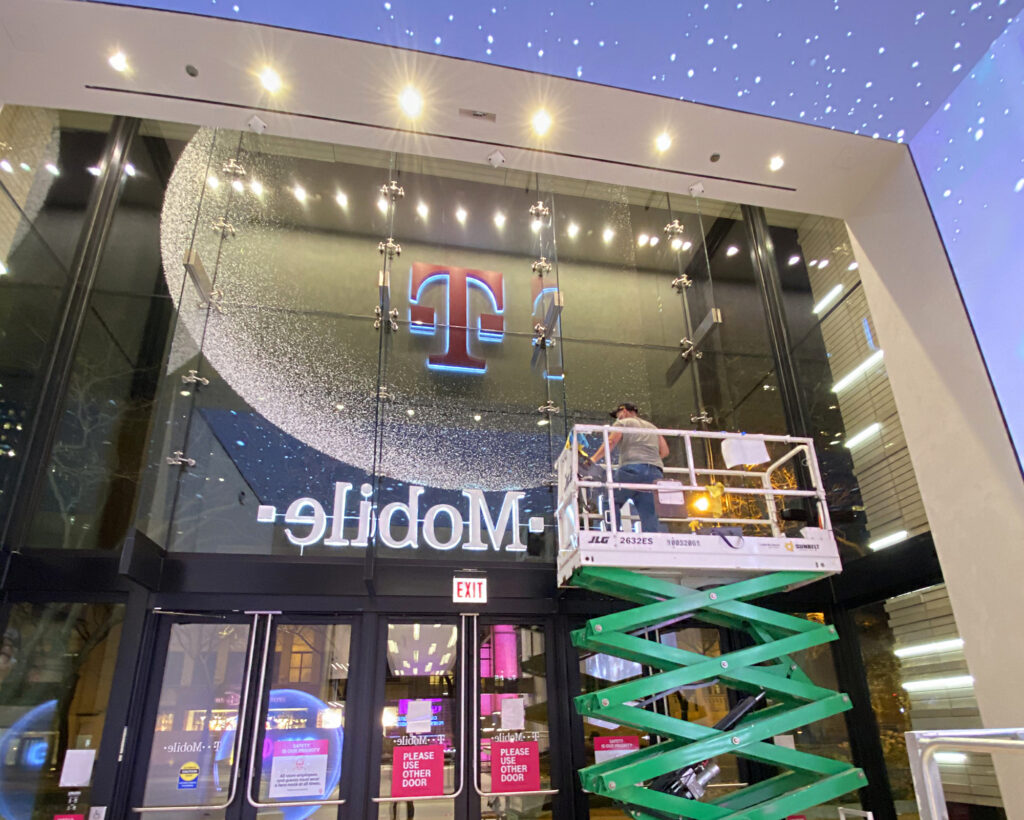
Don't Wait for a Rollout to Go Wrong
When timelines are tight and expectations are high, a second set of eyes can make all the difference. Our free Retail Rollout Report helps you spot issues early and strengthen your campaign before it’s in motion.
No sales pitch. Just honest, experienced insight from a team that knows how to deliver.

